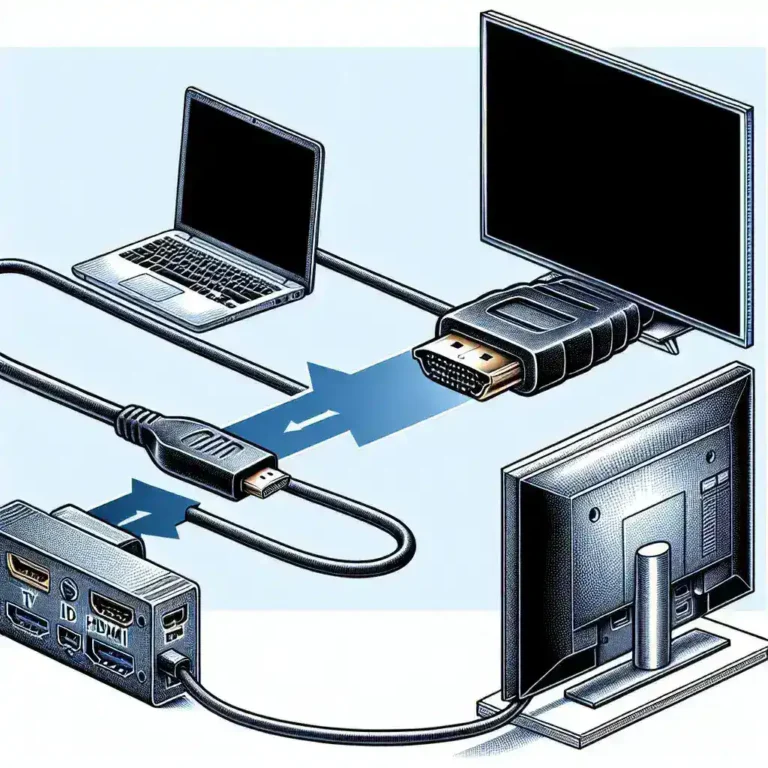Why Avoiding Vendor Lock-In Strengthens IT Resilience
Introduction
In today’s fast-paced digital landscape, organizations face numerous challenges in maintaining their IT infrastructure. One of the most significant threats to their agility and resilience is vendor lock-in. Vendor lock-in occurs when a company becomes so dependent on a particular vendor’s products or services that switching to an alternative becomes prohibitively difficult or costly. This article delves into why avoiding vendor lock-in is crucial for strengthening IT resilience, examining its implications, benefits, and practical strategies for achieving it.
Understanding Vendor Lock-In
Vendor lock-in can manifest in various ways, such as proprietary technologies, non-interoperable systems, and long-term contracts that hinder flexibility. Companies may find themselves stuck with a specific vendor due to the following reasons:
- Investment in Training: Employees often require specialized training to use proprietary systems, which creates a significant barrier to switching vendors.
- Data Migration Costs: Transitioning data from one vendor to another can be both time-consuming and expensive.
- Integration Issues: New systems must be compatible with existing applications, which can complicate the switching process.
- Contractual Obligations: Long-term contracts may result in penalties or fees if a company decides to terminate their agreement.
The Risks of Vendor Lock-In
While vendor lock-in might initially seem like a convenience, it poses numerous risks that can compromise an organization’s resilience:
- Reduced Flexibility: Companies locked into a single vendor may struggle to adapt to changing market conditions or technological advancements.
- Increased Costs: Vendors may raise prices over time, knowing that companies have limited options for alternatives.
- Innovation Stagnation: Dependence on a single vendor can stifle innovation, as organizations may miss out on new solutions or advancements offered by competitors.
- Risk of Service Disruption: If a vendor experiences operational issues or goes out of business, the dependent companies face significant disruptions.
Benefits of Avoiding Vendor Lock-In
Avoiding vendor lock-in not only mitigates these risks but also offers several important benefits:
- Increased Agility: Organizations can respond more quickly to changes in technology and market demands, allowing them to pivot as needed.
- Cost Savings: By keeping options open, companies can negotiate better pricing and terms with multiple vendors.
- Access to Innovation: Engaging with various vendors allows companies to leverage the latest technologies and solutions available in the market.
- Improved Security: Diversifying vendors can create a more robust security posture by reducing reliance on a single point of failure.
Strategies to Avoid Vendor Lock-In
Organizations can implement several strategies to prevent vendor lock-in and enhance IT resilience:
1. Embrace Open Standards
Utilizing open standards ensures that systems can interoperate across different platforms, which makes switching vendors easier. By adopting widely accepted protocols and frameworks, organizations reduce the risk of being constrained by proprietary technologies.
2. Invest in Multi-Cloud Strategies
By distributing workloads across multiple cloud providers, companies minimize the risk of becoming overly dependent on one vendor. A multi-cloud approach not only enhances redundancy but also allows businesses to take advantage of the unique strengths of various providers.
3. Plan for Data Portability
Ensuring that data can be easily exported and migrated between vendors is essential for maintaining flexibility. Implementing data management policies that prioritize portability allows organizations to respond effectively to changes in vendor relationships.
4. Negotiate Flexible Contracts
When entering agreements with vendors, companies should seek contracts that include exit clauses, flexible terms, and provisions for periodic reviews. This approach provides organizations with the opportunity to reassess their vendor relationships regularly.
5. Foster a Culture of Innovation
Encouraging teams to explore new technologies and solutions can prevent complacency and dependency on existing vendors. Organizations should promote continuous learning and experimentation, empowering employees to identify and adopt innovative tools.
Real-World Examples
Several organizations have successfully navigated away from vendor lock-in, illustrating the benefits of maintaining flexibility:
1. Netflix and Multi-Cloud Strategy
Netflix has adopted a multi-cloud strategy, utilizing multiple cloud providers to distribute its services. This approach not only safeguards against vendor lock-in but also enhances its resilience against outages or disruptions from any single provider.
2. UK Government’s Cloud Strategy
The UK government has implemented policies to promote the use of open standards and interoperability in its cloud strategy, enabling departments to switch between providers without significant barriers.
3. Spotify’s Emphasis on Open Technology
Spotify has invested in open-source technologies and platforms, allowing it to integrate various services seamlessly while reducing reliance on any single vendor.
Future Predictions
As the digital landscape continues to evolve, the importance of avoiding vendor lock-in will only grow. Organizations that prioritize flexibility and adaptability will be better positioned to navigate future challenges:
- Increased Focus on Interoperability: Future technological advancements will require greater collaboration between vendors, pushing organizations to adopt solutions that prioritize interoperability.
- Rise of Decentralized Solutions: Decentralization trends, such as blockchain technology, may further reduce reliance on single vendors and enhance resilience.
- Emphasis on Data Sovereignty: With increasing regulatory demands regarding data sovereignty, organizations will need to ensure their solutions are adaptable to comply with various local laws.
Conclusion
Avoiding vendor lock-in is essential for strengthening IT resilience. By maintaining flexibility in vendor relationships, organizations can respond more effectively to changes in technology, market conditions, and operational needs. Implementing strategies such as embracing open standards, investing in multi-cloud solutions, and fostering a culture of innovation can empower businesses to thrive in a dynamic landscape. As we look to the future, organizations that prioritize resilience and adaptability will be better prepared to face the challenges ahead.







